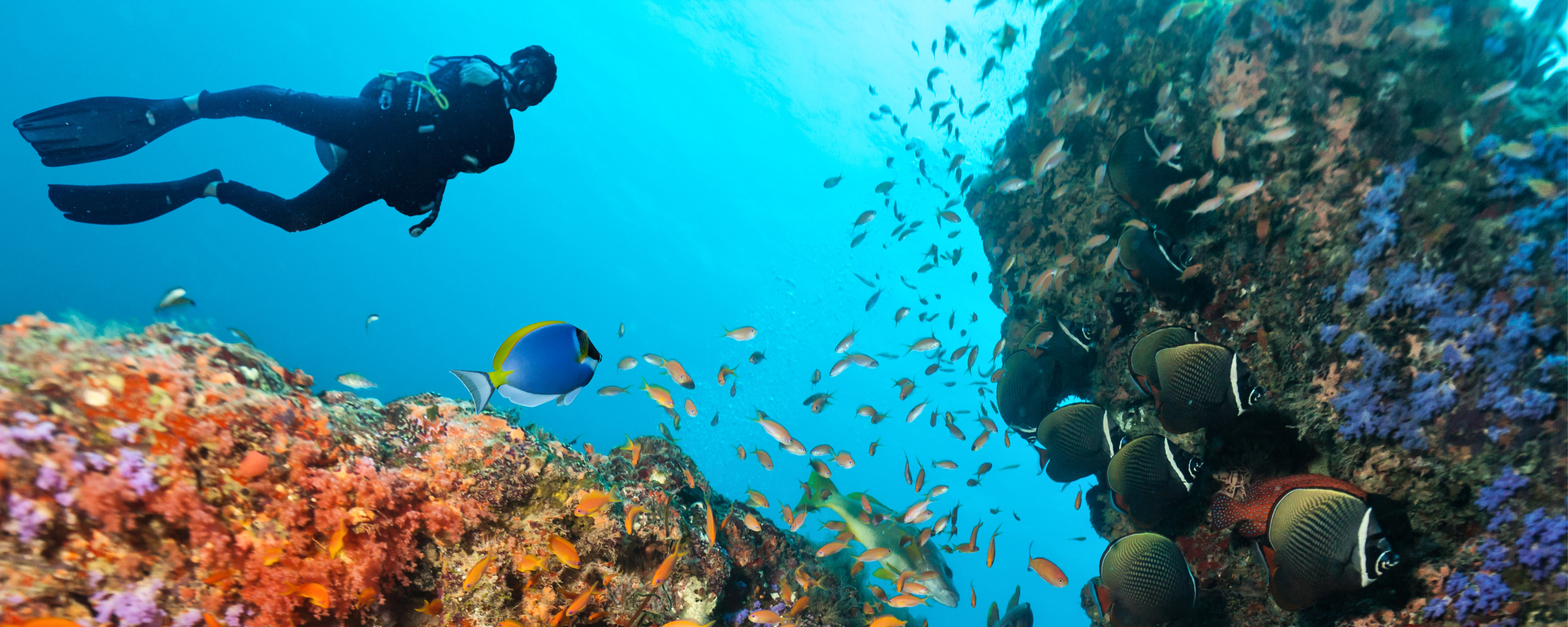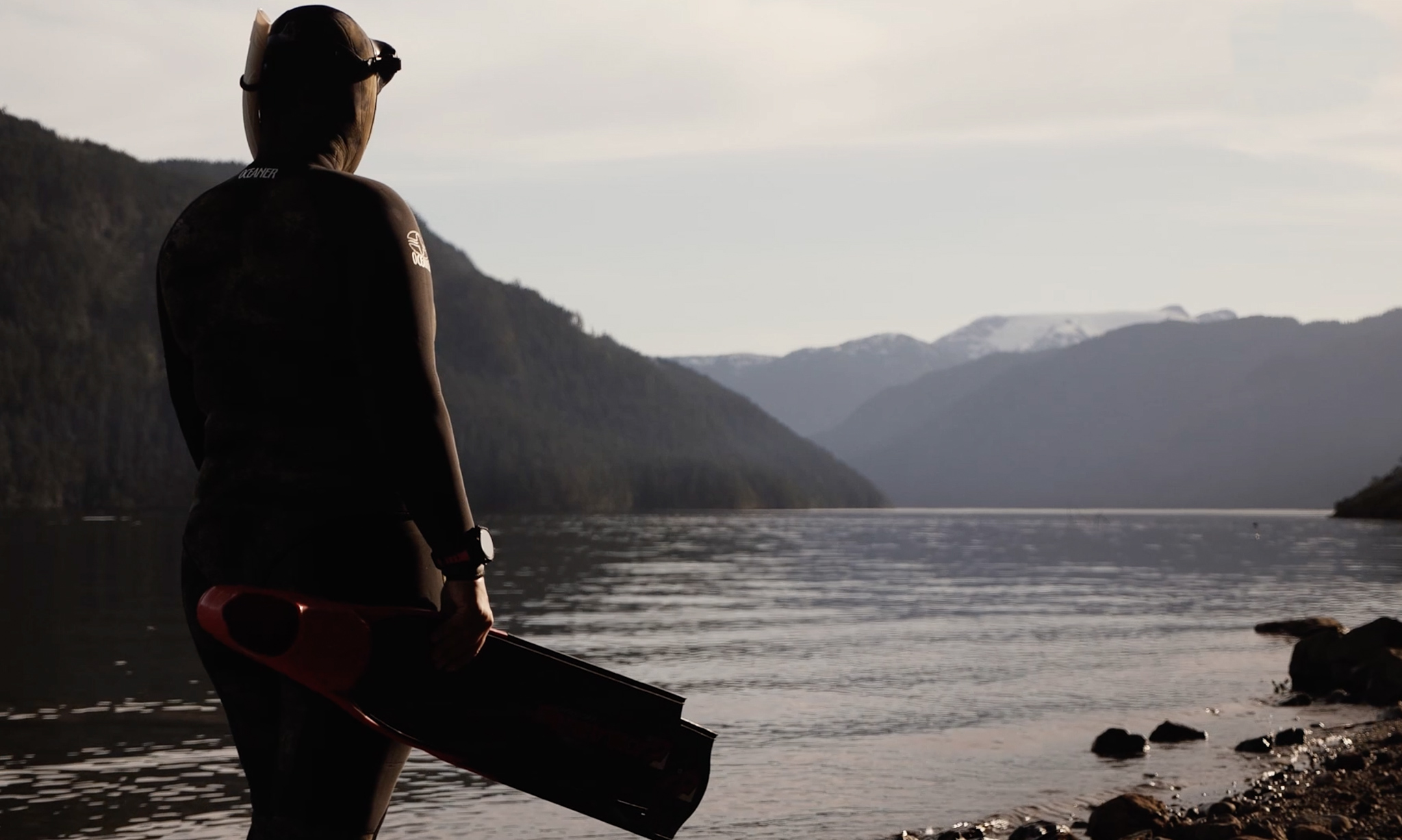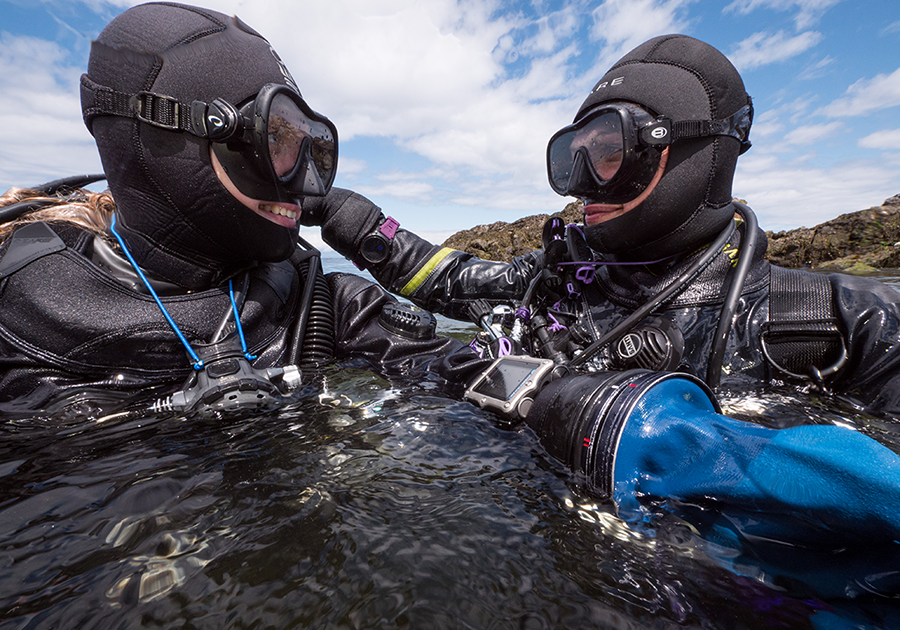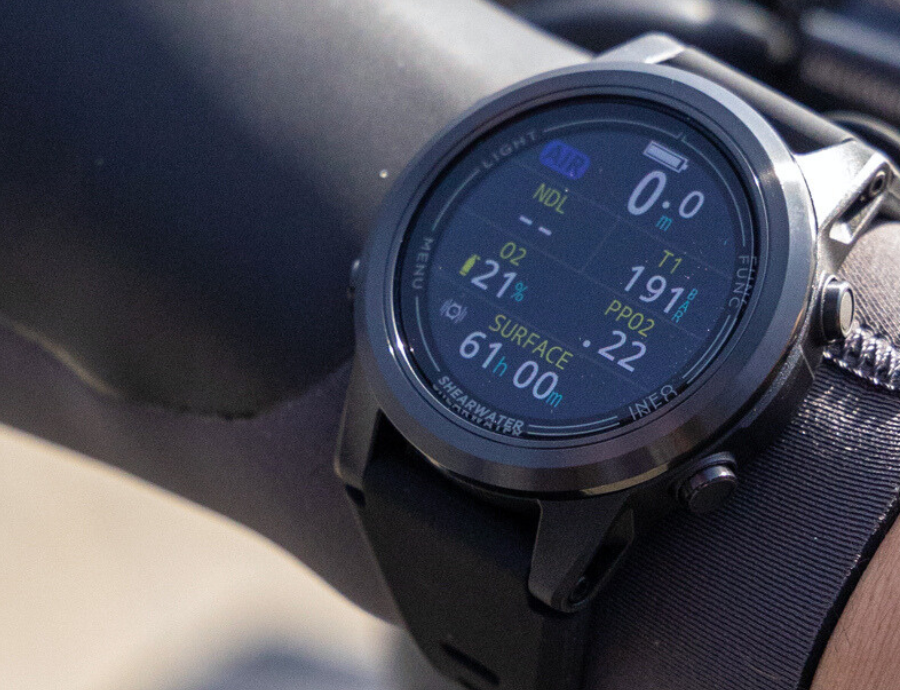GENERAL FAQ
If you can't find what you're looking for please reach out to our Customer Service team.
Shearwater offers a worldwide 2-year warranty on all products. The warranty lives with the unit, not with the original purchaser. This means that whether you buy your unit from our dealer network or second-hand, the warranty will still be effective.
Shearwater will, at its sole discretion, repair or replace defective products covered under warranty.
Unauthorized repairs, accidental damage, or negligence are not covered by the warranty.
The warranty covers included accessories such as chargers and straps. Read the full policy.
Try taking the battery out and leaving it out for at least 5 minutes. This should allow the transmitter to reset, and often solves a loss of communications.
If your dive computer needs some kind of repair, simply email your nearest Service Centre to initiate the process.
Please include your name, address and phone number, description of your problem, unit model, S/N and Firmware Version. We’ll get you an RMA number and instructions on how to send your computer in for repair. Please do not return your computer to us or any of our service centers without an RMA number.
To find your S/N and firmware, turn on your computer (unless it won’t turn on) and from the main screen press the right side button 8-10 times until you see the S/N displayed (lower left) and Firmware (lower right) of the screen.
GTR is similar to No Decompression Limit (NDL) in that it is the time, in minutes, that you can remain at the current depth until a direct ascent would result in surfacing with the reserve pressure remaining.
This calculation includes the gas used for the ascent but does not include any safety or decompression stops. The GTR display becomes blanked if decompression stops are required (it will return once cleared), so the diver must ensure they have enough gas if they expect to have decompression obligations. The GTR is based on the currently measured Surface Air Consumption (SAC) rate, averaged over the last few minutes.
To purchase the VPM-B upgrade you can contact any dealer from our dealer network, provide them with your serial number, and request to purchase the unlock code.







